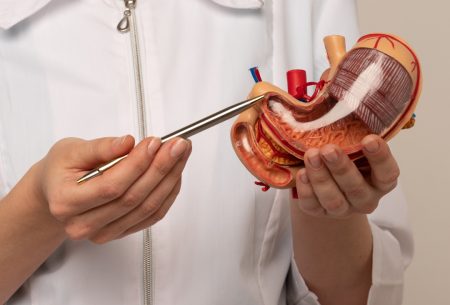It’s the time of year we see an increase in constipation and an increase in bloating. Now if you have had a sudden change in symptoms, it is important to visit your GP and have other causes ruled out. If you have had other causes ruled out, or you want to prevent a sluggish gut over Christmas, read on!
Here are my top 5 tips to prevent that Christmas slump and sluggish gut:


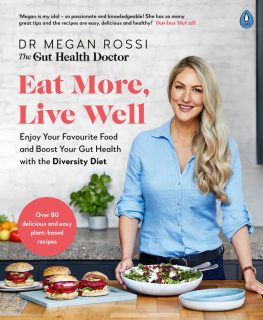






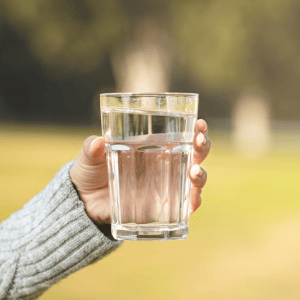 1. Keep up the fluids
1. Keep up the fluids 2. Stay active
2. Stay active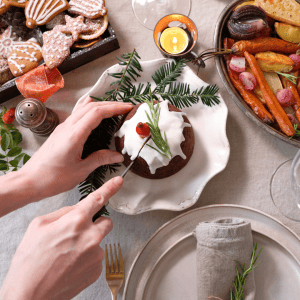 3. Watch those portions
3. Watch those portions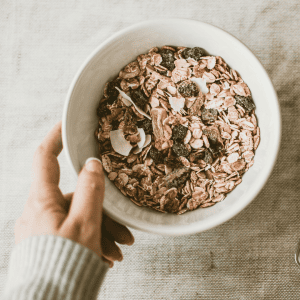 4. Top foods to add in for constipation relief
4. Top foods to add in for constipation relief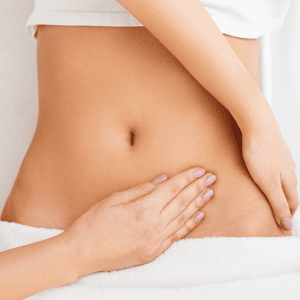 5. Consider 5-10 minutes of abdominal massage in the morning
5. Consider 5-10 minutes of abdominal massage in the morning
